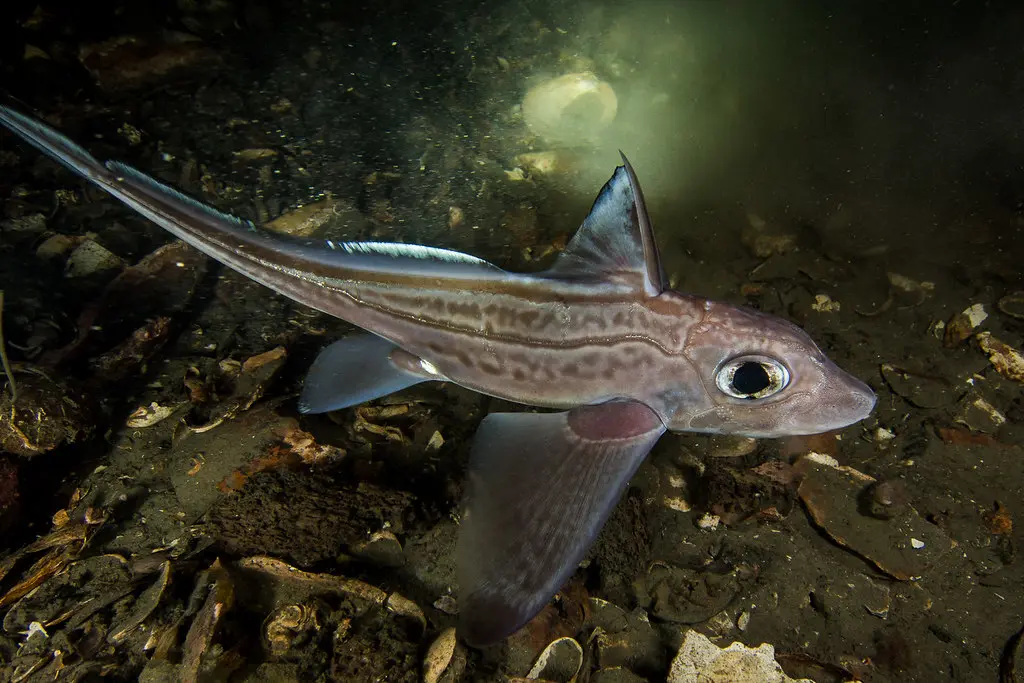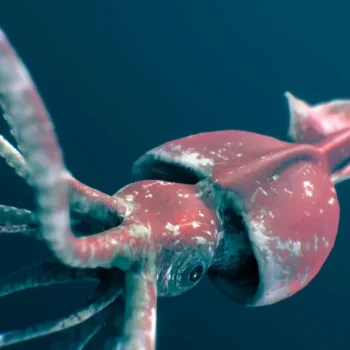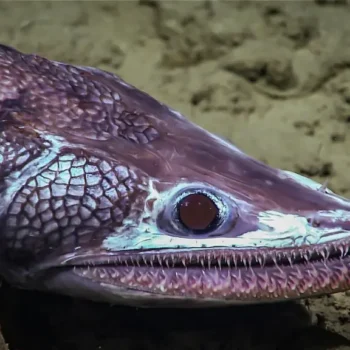Dive into the fascinating world of the Chimaera, also known as ghost sharks, ratfish, or spookfish! These elusive creatures are not actually sharks, but rather cartilaginous fish that are closely related to sharks and rays. We’ll explore their unique features, habitat, and how they survive in the deep, dark depths of the ocean.
What Exactly is a Chimaera?
Chimaeras belong to the class Chondrichthyes, which also includes sharks, rays, and skates. However, they are classified in their own subclass, Holocephali, meaning “whole head.” This name refers to their upper jaw being fused to their skull, a key difference from sharks.
Key Characteristics of Chimaeras
- Cartilaginous Skeleton: Like sharks and rays, their skeleton is made of cartilage, not bone. This makes them lighter and more flexible.
- Fused Upper Jaw: Unlike sharks, their upper jaw is fused to their skull.
- Operculum: They have an operculum (gill cover), a feature more common in bony fishes, which protects their gills.
- Poisonous Spine: Many Chimaera species have a venomous spine located in front of their dorsal fin, which they use for defense.
- Sensory Pores: They possess sensory pores on their head that help them detect movement and electrical fields in the water.
- Unique Clasper in Males: Male Chimaeras have a unique retractible cephalic clasper on their forehead, the purpose of which is still debated, but is thought to aid in mating.

The Habitat of the Chimaera monstrosa
The Chimaera monstrosa, also known as the Rabbitfish or European Rabbitfish, is one of the best-known and most studied species of Chimaera. They are typically found in the deep waters of the Atlantic Ocean and Mediterranean Sea.
Preferred Depth and Environment
These creatures prefer the deep sea, usually living at depths ranging from 200 to 2,000 meters (660 to 6,600 feet). They favor environments with rocky or sandy bottoms, where they can hunt for prey and avoid predators. The darkness and cold temperatures of these depths mean that they’ve evolved some impressive adaptations.
Diet and Feeding Habits
Chimaeras are bottom-dwelling predators. Their diet mainly consists of:
 Colossal Squid Explained: Unveiling the Deep Sea’s Largest Invertebrate
Colossal Squid Explained: Unveiling the Deep Sea’s Largest Invertebrate- Crustaceans: Crabs, shrimp, and other small crustaceans form a significant part of their diet.
- Mollusks: Snails, clams, and squid are also on the menu.
- Worms: Various types of marine worms.
- Small Fish: Occasionally, they will also eat small fish.
They use their strong plate-like teeth to crush the shells of crustaceans and mollusks. Their sensory pores also help them locate prey hidden in the sediment.
Reproduction
The reproductive habits of Chimaeras are quite fascinating. They are oviparous, meaning they lay eggs.
Egg-Laying Process
Females lay leathery egg cases, often in pairs, on the seabed. These egg cases can take many months to hatch, sometimes even a year or more. The hatchlings are miniature versions of the adults, and they are immediately able to fend for themselves.
Conservation Status
While many Chimaera species are not currently considered endangered, some face threats due to deep-sea fishing practices. Bottom trawling can damage their habitat and lead to bycatch, where Chimaeras are unintentionally caught in fishing nets.
Continued research and monitoring are crucial to understanding the long-term impacts of human activities on these fascinating creatures and to ensure their conservation for future generations.
 Deep-Sea Lizardfish Explained: Unveiling the Ocean’s Alien Predator
Deep-Sea Lizardfish Explained: Unveiling the Ocean’s Alien PredatorConclusion
The Chimaera, a true marvel of the deep sea, continues to captivate scientists and ocean enthusiasts alike. Their unique adaptations, mysterious habits, and evolutionary history make them a compelling subject of study. As we continue to explore the depths of our oceans, we are sure to uncover even more secrets about these enigmatic creatures. Keep exploring, keep learning, and remember to appreciate the incredible biodiversity of our planet!




